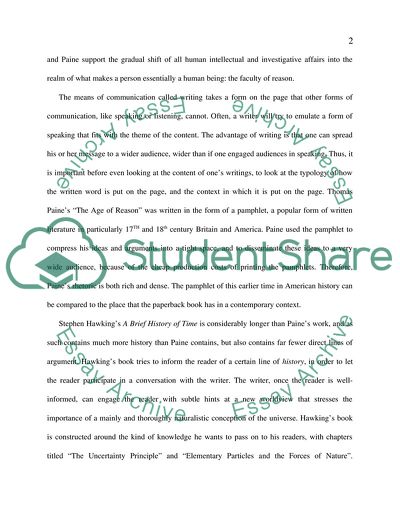Cite this document
(Thomas Paine - Deist or Quaker Book Report/Review, n.d.)
Thomas Paine - Deist or Quaker Book Report/Review. Retrieved from https://studentshare.org/philosophy/1729446-tom-paine-calls-nature-gods-book-compare-his-age-of-reason-to-a-brief-history-of-time-by-stephen-hawking
Thomas Paine - Deist or Quaker Book Report/Review. Retrieved from https://studentshare.org/philosophy/1729446-tom-paine-calls-nature-gods-book-compare-his-age-of-reason-to-a-brief-history-of-time-by-stephen-hawking
(Thomas Paine - Deist or Quaker Book Report/Review)
Thomas Paine - Deist or Quaker Book Report/Review. https://studentshare.org/philosophy/1729446-tom-paine-calls-nature-gods-book-compare-his-age-of-reason-to-a-brief-history-of-time-by-stephen-hawking.
Thomas Paine - Deist or Quaker Book Report/Review. https://studentshare.org/philosophy/1729446-tom-paine-calls-nature-gods-book-compare-his-age-of-reason-to-a-brief-history-of-time-by-stephen-hawking.
“Thomas Paine - Deist or Quaker Book Report/Review”, n.d. https://studentshare.org/philosophy/1729446-tom-paine-calls-nature-gods-book-compare-his-age-of-reason-to-a-brief-history-of-time-by-stephen-hawking.


